Bank of Canada Rate Announcement May 24th, 2017
The Bank of Canada is maintaining its target for the overnight rate at 1/2 per cent. The Bank Rate is correspondingly 3/4 per cent and the deposit rate is 1/4 per cent.
Inflation is broadly in line with the Bank’s projection in its April Monetary Policy Report (MPR). Food prices continue to decline, mainly because of intense retail competition, pushing inflation temporarily lower. The Bank’s three measures of core inflation remain below two per cent and wage growth is still subdued, consistent with ongoing excess capacity in the economy.
The global economy continues to gain traction and recent developments reinforce the Bank’s view that growth will gradually strengthen and broaden over the projection horizon. As anticipated, growth in the United States during the first quarter was weak, reflecting mostly temporary factors. Recent data point to a rebound in the second quarter. The uncertainties outlined in the April MPR continue to cloud the global and Canadian outlooks.
The Canadian economy’s adjustment to lower oil prices is largely complete and recent economic data have been encouraging, including indicators of business investment. Consumer spending and the housing sector continue to be robust on the back of an improving labour market, and these are becoming more broadly based across regions. Macroprudential and other policy measures, while contributing to more sustainable debt profiles, have yet to have a substantial cooling effect on housing markets. Meanwhile, export growth remains subdued, as anticipated in the April MPR, in the face of ongoing competitiveness challenges. The Bank’s monitoring of the economic data suggests that very strong growth in the first quarter will be followed by some moderation in the second quarter.
All things considered, Governing Council judges that the current degree of monetary stimulus is appropriate at present, and maintains the target for the overnight rate at 1/2 per cent.
Here are the announcements dates set out for the remainder of 2017.
- Wednesday 12 July *
- Wednesday 6 September
- Wednesday 25 October *
- Wednesday 6 December
*Monetary Policy Report published
All rate announcements will be made at 10:00 (ET) , and the Monetary Policy Report will continue to be published concurrently with the January, April, July and October rate announcements.
Share
RECENT POSTS






